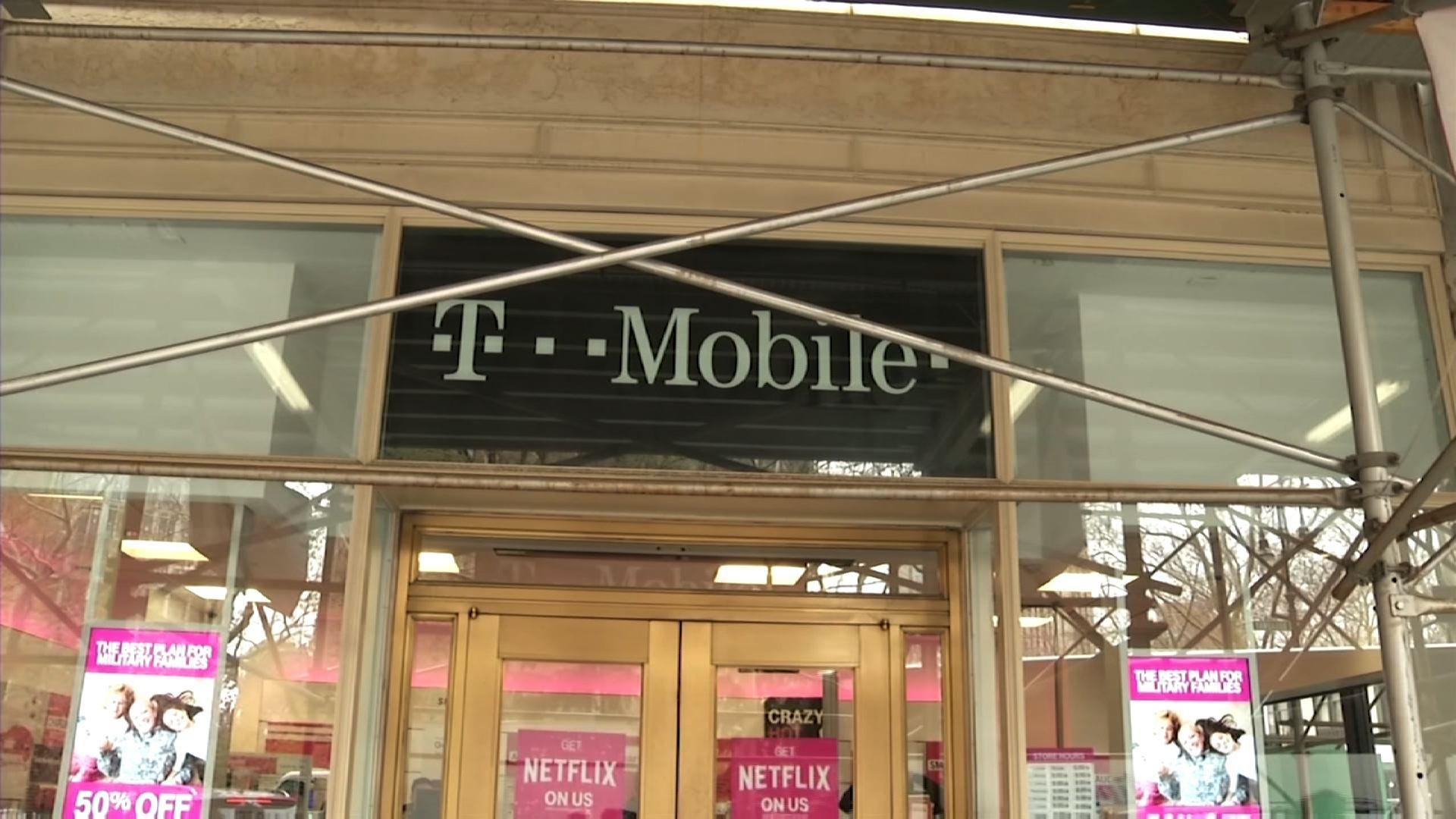
Analyst: T-Mobile needs more clarity after breach
Analyst: T-Mobile needs more clarity to customers after data breach affecting over 40 million people (Aug. 19)
AP
The broadband landscape looks different after seven days that saw the two biggest wireless carriers add more than two-thirds of a million subscribers to their residential 5G-based services.
But the two biggest cable providers both lost internet customers.
First, on July 22, Verizon reported that it had gained 168,000 new residential customers to reach 384,000 total home subscribers for its “fixed wireless” service.
A week later, T-Mobile posted 560,000 new customers for its own fixed wireless – which includes home and business accounts, which the company does not break out further – bringing it to 1.54 million subscriptions.
More: Hate paying international roaming charges? T-Mobile might be the right carrier for you.
How many phone numbers do you know by heart? Turns out we can’t recall
Cable operators feel the heat from mobile
The story was different at the biggest and second-biggest cable operators.
On July 27, Comcast reported it lost 10,000 residential broadband customers in the quarter, ending with 29.83 million. A day later, Charter revealed a drop of 42,000 residential broadband subscribers, leaving it with 28.26 million.
T-Mobile and Verizon aren’t aiming to beat cable downloads with their fixed wireless. They cite typical home-5G downstream speeds – 33 to 182 Mbps at T-Mobile, 85 to 300 Mbps at Verizon – that don’t compete with advertised downloads that start at 300 Mbps at those two cable giants.
Uploads, however, are no worse than cable’s, with T-Mobile estimating 8 to 25 Mbps and Verizon 10 Mbps.
But both wireless carriers offer $50 monthly rates (or $25 at Verizon if you have any of its three most expensive smartphone unlimited-data plans) that include the required wireless gateway instead of leaving hardware fees as a separate, ever-more-expensive line on the bill
More: Talking Tech: Farewell, Internet Explorer. Plus, Amazon delivery by drone
T-Mobile, Verizon poach customers from cable operators
While these prices may exceed promotional rates quoted by cable operators, they don’t hide second- or third-year rate hikes. Plus, neither T-Mobile nor Verizon enforces a data cap on their home wireless–a distinct contrast to the situation for most Comcast customers.
On its earnings call on July 26, T-Mobile noted how it’s been poaching customers from the most entrenched incumbent providers. “A little over half were switching from cable,” said chief marketing officer Mike Katz.
But while these two carriers have expanded service considerably since last spring. T-Mobile covered 30 million homes with its 5G home service then but now says it reaches “more than 40 million,” and Verizon says its fast C-band service now reaches more than 30 million homes.
Can fixed wireless keep up the pace?
It’s not as clear that they can keep the service growing that fast.
“They are serving the fixed wireless broadband market with excess capacity,” Craig Moffett, an analyst at the research firm MoffettNathanson. “It’s not clear how long that excess capacity will last.”
Without that, he said, household fixed wireless is a losing business proposition because one such home will use at least 50 times more data than one person on a smartphone.
“No wireless carrier is ever going to dedicate capacity to fixed wireless at 1/50 the revenue per bit unless they believe they have tremendous excess capacity,” he said.
Moffett suggested that prospects for fixed wireless looked brightest in rural areas, where many cable services have not seen upgrades. Some of those markets are limited to slow, sometimes abandoned digital-subscriber-line service.
Another market research firm, GlobalData, estimated July 22 that fixed wireless would not get above 10% of the US residential market by 2027, with cable still holding 65%.
Analyst Tammy Parker’s conclusion in that research note was clear. Even with $42.45 billion in broadband-buildout subsidies coming from last year’s infrastructure law, fixed wireless’s most likely future is in “unserved and underserved areas” that lack the population density to justify deploying fast fiber-optic access.
—
Rob Pegoraro is a tech writer based out of Washington, DC To submit a tech question, email Rob at [email protected]. Follow him on Twitter at twitter.com/robpegararo.